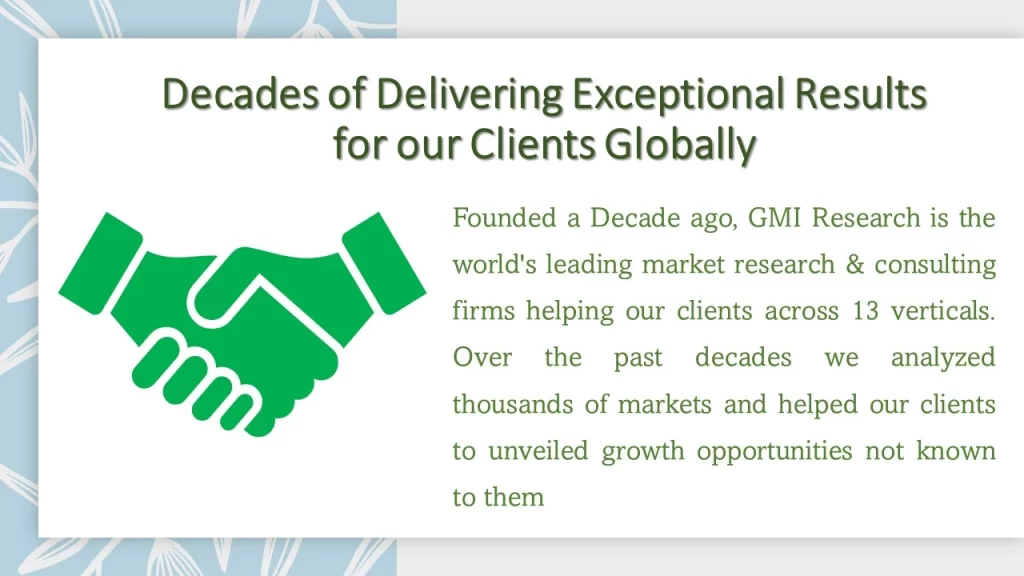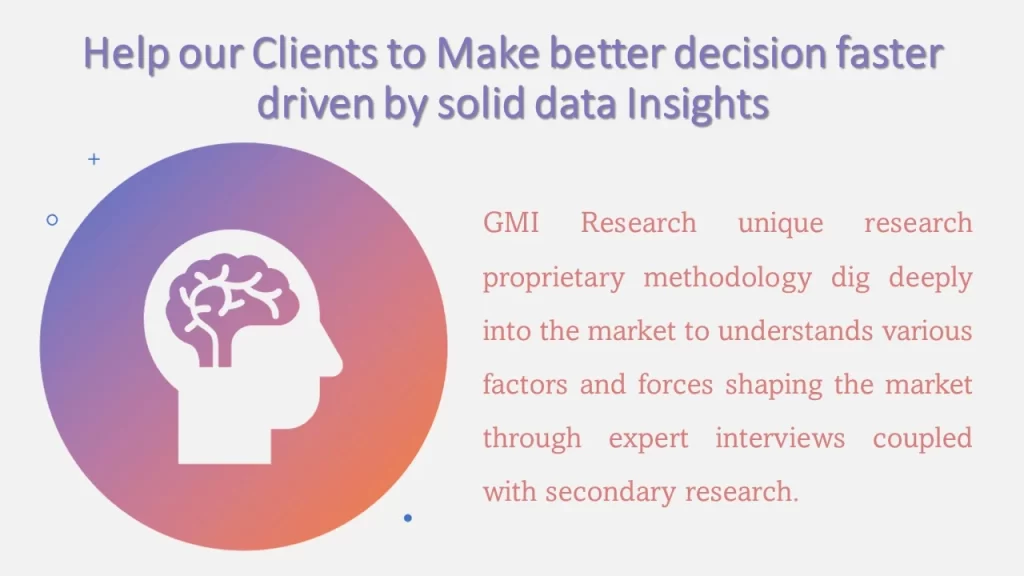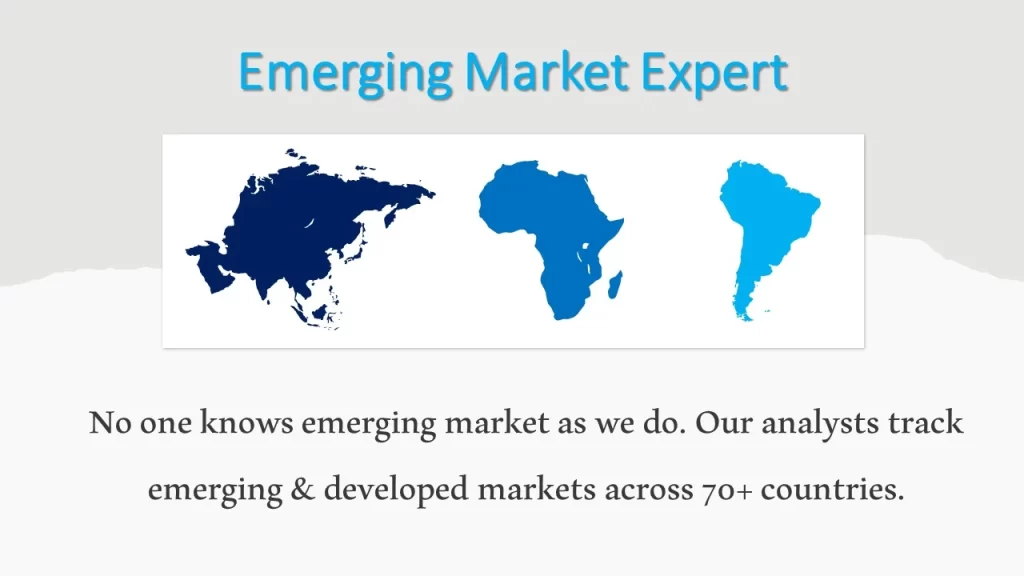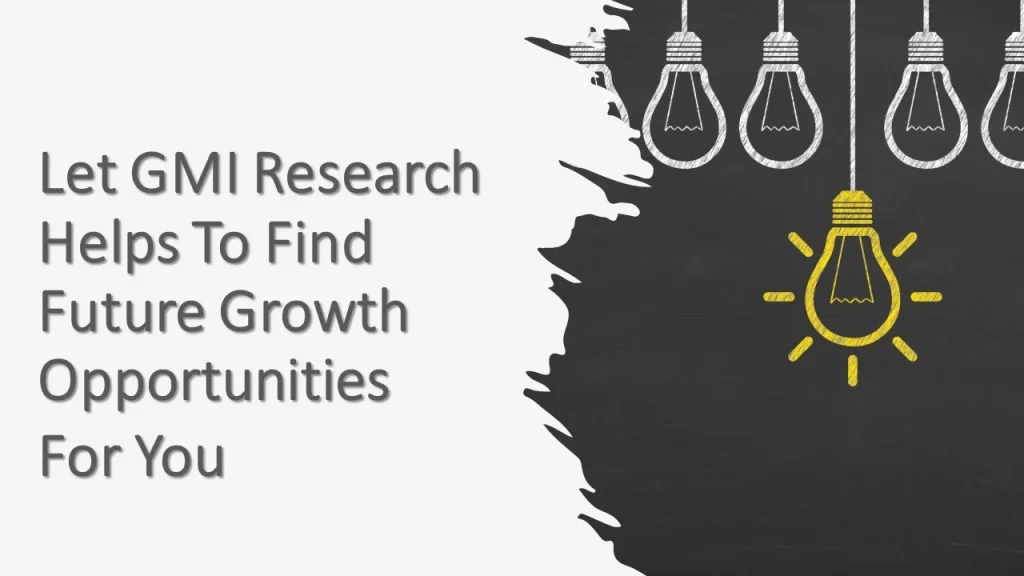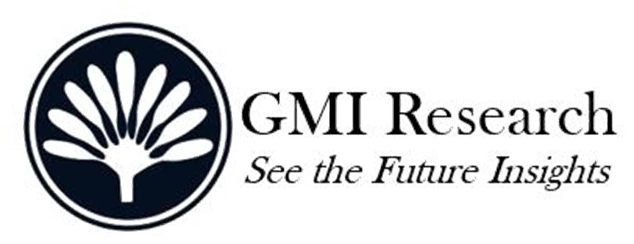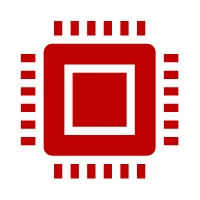IoT Sensors Market Share, Size, Growth Opportunities, Outlook, Statistics, Market Scope, Revenue, Research, Trends Analysis & Global Industry Forecast Report, 2021-2028
IoT Sensors Market Share, Size, Report, By Type (Chemical, Pressure, Motion/Proximity, Temperature, Motion & Occupancy, and Others), By Component (Hardware, and Software), By End-User (Automotive & Transportation, Healthcare, Manufacturing/Industrial and Others), and By Region – Global Opportunities & Forecast, 2021-2028
Global IoT Sensors Market is anticipated to witness a promising growth over the upcoming years (2021-2028), owing to the growing emphasis on using a connected environment.
To have an edge over the competition by knowing the market dynamics and current trends of “IoT Sensors Market”, request for Sample Report here
Major IoT Sensors Market Drivers
Increasing adoption of IoT sensors in several industries which include aerospace, healthcare, manufacturing, automotive, consumer electronics, and semiconductors stands to be one of the major factors fueling the IoT sensors market. For instance, in 2020, Realme introduced various IoT devices, including audio devices, wearables, smartwatches, and smart TVs. Also, in 2021, Airtel launched an integrated 5G ready platform Airtel IoT for connecting and managing multiple devices across the industry. Other factors including the growing application of sensors in IoT applications, rising internet penetration, surging demand for connected and wearable devices, and rising application of IoT sensors in automotive and industrial sectors are projected to strengthen the market growth. As per the Ericsson study, out of the 28 billion total devices connected by 2021, nearly 16 billion will be IoT devices. The significant reduction in the cost of IoT sensors and increasing smart city initiatives have encouraged the adoption of IoT sensors market, driving the IoT sensors market size.
Moreover, the growing inclination towards intelligent technology-driven advanced devices has encouraged the leading players to invest in IoT sensor technology, which is likely to boost the market share over the forecast period. For instance, as per the We Forum Organization in 2020, IoT investments touched USD 832 billion because of the increasing consumer expenditure on IoT solutions. Thus, the intensified investment in IoT devices has proliferated the IoT sensors market growth. Additionally, the emergence of IoT technology in automotive industry from connected cars to automated transport systems has offered enormous opportunities to the market. However, the rising data safety and security concerns might hamper the IoT sensors market growth.
Do you want to know more about the Research process and detailed Methodology, Request Research Methodology of this report
Type – Segment Analysis
Motion/proximity sensors are expected to lead the IoT sensor market over the forecast period, owing to the growing expenditure on smart home technology. For instance, as per the We Forum Organization Report in 2019, the overall expenditure by consumers on intelligent home-related devices touched USD 52 billion, resulting in a huge demand for motion/proximity sensors in smart homes and smart devices.
Pressure Sensors are forecast to witness a higher CAGR over the forecast period, primarily because of the increasing application in autonomous cars. Growing concerns pertaining comfort levels, safety, and automobile emissions has obligated the regulatory authorities to encourage the installation of onboard diagnostics to minimize greenhouse gas emissions will further expand the market growth.
Component – Segment Analysis
Software segment is anticipated to lead the IoT sensors market over the forecast period, because of the increasing introduction of new software for connected devices across the world by leading players. For example, in 2020, Xiaomi introduced a latest IoT software platform NuttX OS “Xiaomi Vela.”
End-User – Segment Analysis
Automotive & transportation segment is projected to lead the IoT sensors market over the upcoming years, owing to their growing use in automotive industry to produce advanced solutions including connected car solutions, in-vehicle infotainment systems, navigation & telematics solutions, Advanced Driver-Assistance Systems (ADAS), predictive maintenance solutions, and vehicle-to-vehicle (v2v) applications. The advent of new IoT sensor-driven connected and autonomous vehicles has strengthened the market growth. For instance, in 2020, Honda has launched Level 3 autonomous cars and received approval in Japan for autonomous driving technology. Increasing investment undertaken by the leading companies such as Mercedes-Benz, Volkswagen, Volvo, Toyota, and Google Inc. to incorporate unique features in smart cars like safe, convenient, and comfortable driving experience has bolstered the market growth. As per the NASDAQ, driverless cars will lead the market by 2030.
In case, any of your pain points areas are not covered in the current scope of this report, Request for Free Customization here
Regional – Segment Analysis:
North America region is expected to witness a promising growth over the forecast period, owing to the growing adoption of IoT sensors in connected autonomous and intelligent vehicles. For instance, in 2020, Waymo introduced a completely autonomous fleet of self-driving taxis in the United States. The presence of various leading vendors and the early adoption of IoT technology across various industries is likely to propel the regional growth. The rapid expansion of the automotive, industrial, and healthcare industries across the region and the growing adoption of IoT across different industries to achieve operational efficiency and competitive gains will bolster the regional expansion. Also, the increasing adoption of Internet of Things sensors to build smart cities by including domestic and multinational players for infrastructural development has further fueled the growth.
Top Market Players
Various notable players operating in the market, includes ABB Ltd, Schneider Electric SE, Robert Bosch GmbH, Texas Instruments Incorporated, Infineon Technologies Ag, Analog Devices, Inc., Johnson Controls International Plc., Sony Corporation, Broadcom Limited, Honeywell International, Inc., TE Connectivity, and among others.
Key Developments:
-
- In 2022 – Siemens decided to update its NX Software under Xcelerator portfolio, incorporated with features such as intelligence-based design. This update allows the application to leverage AI and advanced simulation technologies, providing efficient insights to the users.
- In 2020: Texas Instruments Incorporated introduced the first zero-drift Hall-effect current sensors, TMCS1100 and TMCS110, which will allow the lowest drift and highest accuracy over time temperature, according to the company. In contrast, they provide reliable 3-kVrms isolation, especially for AC or DC high-voltage systems such as industrial motor drives, solar inverters, energy storage equipment, and power supplies.
- In 2020: TE Connectivity introduced the LVDT position sensor, offering standard and custom solutions depending on the hydraulic application requirements of ICT off-highway equipment and industrial machine tools.
- In 2020, Enlighted launched a game-changing building IoT sensor for corporate real estate with a new surface sensor for accelerating the IoT adoption in buildings during COVID-19.
- In 2020 – Haltian, headquartered in Finland, received USD 9.8 million allowance from Finnish venture capital (FVC), Nordic Option Haltian and Ilmarinen. The firm intends to use this fund to expand its product portfolio and provide efficient solutions for smart factories, smart washrooms, and smart facilities.
- In 2019, VivaLNK launched the IoT-Enabled Medical Wearable Sensor Platform for Continuous Patient Monitoring. Vitalic Medical partners with VivaLNK to detect early signs of patient health deterioration and risk of falling
- In 2021, Zyter launched an IoT solution with Bluetooth-connected devices for smart hospitals to monitor medication temperature and alert and monitor the entire chain of custody of a vaccine from production for smart hospitals.
Segments covered in the Report:
The global IoT sensors market has been segmented on the basis of type, component, end-user, and key regions. Based on type, the market is segmented into chemical, pressure, motion/proximity, temperature, motion & occupancy, and others. Based on component, the market is segmented into hardware, and software. Based on end-user, the market is segmented into automotive & transportation, healthcare, manufacturing/industrial and others.
For detailed scope of the “IoT Sensors Market” report request a Sample Copy of the report
|
Report Coverage |
Details |
| Market Base Year |
2020 |
| Market Forecast Period |
2021-2028 |
| Market Revenues Currency |
USD Million |
| Base Year & Forecast Units |
Revenues (USD Million) |
| Market Segment | By Type, By Component, By End-User, and By Region |
| Regional Coverage | Asia Pacific, Europe, North America, and RoW |
| Companies Profiled | ABB Ltd, Schneider Electric SE, Robert Bosch GmbH, Texas Instruments Incorporated, Infineon Technologies Ag, Analog Devices, Inc., Johnson Controls International Plc., Sony Corporation, Broadcom Limited, Honeywell International, Inc., TE Connectivity, and among others; a total of 11 companies covered. |
| 25% Free Customization Available | We will customize this report up to 25% as a free customization to address our client’s specific requirements |
Market Segmentation
Global IoT Sensors Market by Type
-
- Chemical
- Pressure
- Motion/Proximity
- Temperature
- Motion & Occupancy
- Others
Global IoT Sensors Market by Component
-
- Hardware
- Software
Global IoT Sensors Market by End-User
-
- Automotive & Transportation
- Healthcare
- Manufacturing/Industrial
- Others
Global IoT Sensors Market by Region
-
-
North America IoT Sensors Market (Option 1: As a part of the free 25% customization)
- By Type
- By Component
- By End-User
- US Market All-Up
- Canada Market All-Up
-
Europe IoT Sensors Market (Option 2: As a part of the free 25% customization)
- By Type
- By Component
- By End-User
- UK Market All-Up
- Germany Market All-Up
- France Market All-Up
- Spain Market All-Up
- Rest of Europe Market All-Up
-
Asia-Pacific IoT Sensors Market (Option 3: As a part of the free 25% customization)
- By Type
- By Component
- By End-User
- China Market All-Up
- India Market All-Up
- Japan Market All-Up
- Rest of APAC Market All-Up
-
RoW IoT Sensors Market (Option 4: As a part of the free 25% customization)
- By Type
- By Component
- By End-User
- Brazil Market All-Up
- South Africa Market All-Up
- Saudi Arabia Market All-Up
- UAE Market All-Up
- Rest of world (remaining countries of the LAMEA region) Market All-Up
-
Major Players Operating in the IoT Sensors (Option 5: As a part of the Free 25% Customization – Profiles of 5 Additional Companies of your Choice)
-
- ABB Ltd
- Schneider Electric SE
- Robert Bosch GmbH
- Texas Instruments Incorporated
- Infineon Technologies Ag
- Analog Devices, Inc.
- Johnson Controls International Plc.
- Sony Corporation
- Broadcom Limited
- Honeywell International, Inc.
- TE Connectivity
- Published Date: Aug - 2021
- Report Format: Excel/PPT
- Report Code: UP2172-001001
Licensing Options
Single-User License:
The report is used by the purchaser (One Individual) only
Multi-User License:Report is shared with maximum 5 users (employees) including the purchaser of the purchasing corporation only
Corporate License:
Report is shared with unlimited user (employees) of the purchasing corporation only
The report is used by the purchaser (One Individual) only
Multi-User License:Report is shared with maximum 5 users (employees) including the purchaser of the purchasing corporation only
Corporate License:
Report is shared with unlimited user (employees) of the purchasing corporation only
IoT Sensors Market Share, Size, Growth Opportunities, Outlook, Statistics, Market Scope, Revenue, Research, Trends Analysis & Global Industry Forecast Report, 2021-2028
$ 4,499.00 – $ 6,649.00
Why GMI Research
